Which of the following species does not show aromaticity?
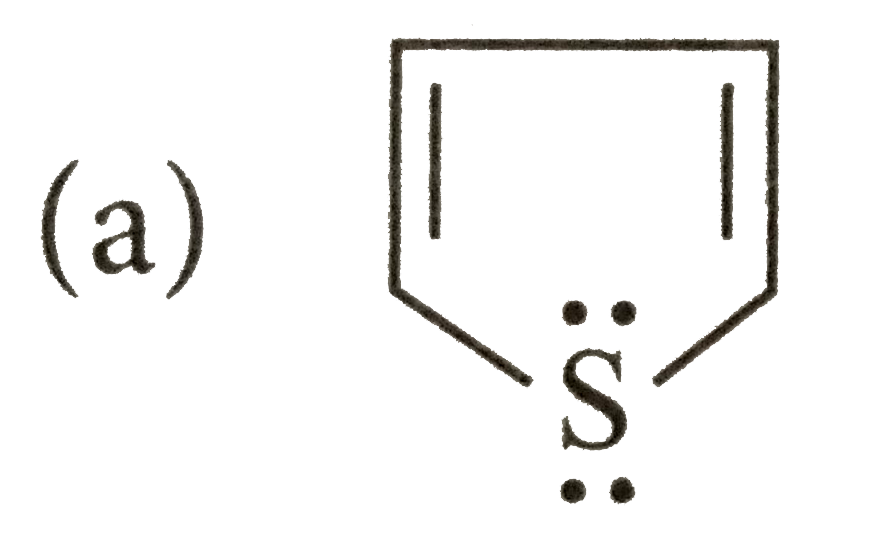
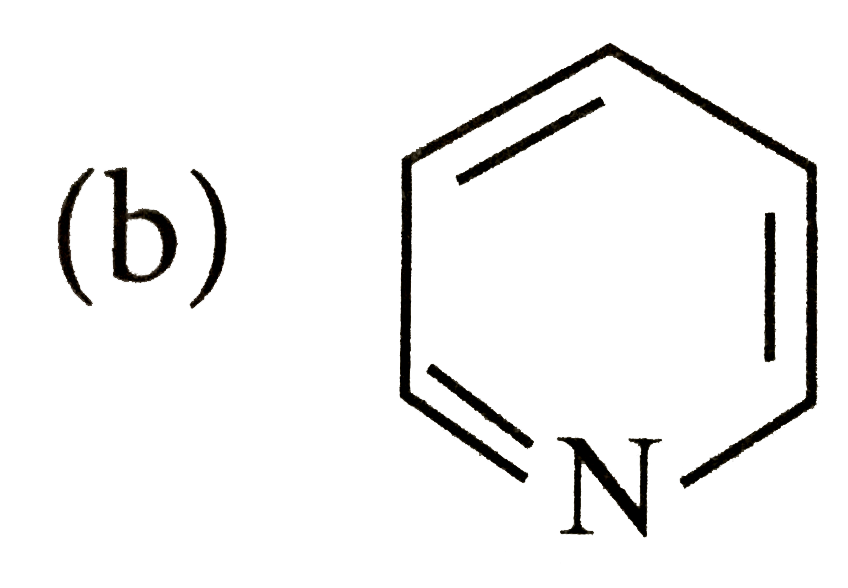
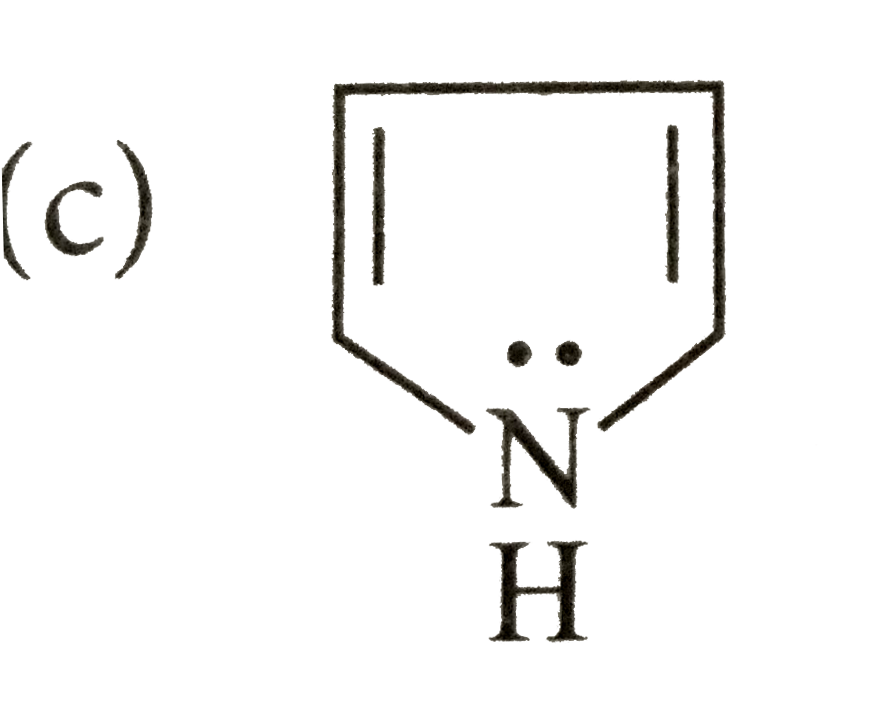
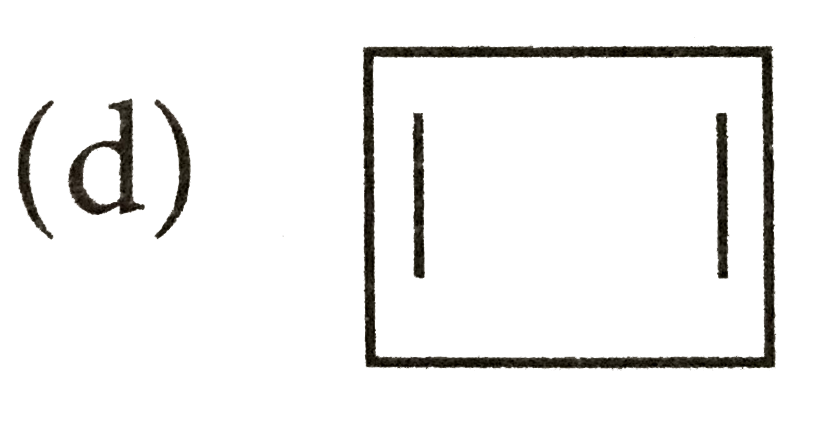
The correct Answer is:D
To determine which of the following species does not show aromaticity, we need to analyze each option based on the criteria for aromaticity. Aromatic compounds must satisfy the following conditions:
1. Cyclic Structure: The compound must be cyclic.
2. Planarity: The compound must be planar.
3. Conjugation: The compound must have a continuous overlap of p-orbitals, allowing for delocalization of π electrons.
4. Hückel's Rule: The compound must have (4n + 2) π electrons, where n is a non-negative integer.
Now, let’s evaluate each species provided in the options:
1. Identify the Species: List the species given in the question. For example, let's assume the options are:
- A) Benzene
- B) Cyclobutadiene
- C) Pyridine
- D) Cyclooctatetraene
2. Evaluate Each Species:
- Benzene (C6H6):
- Cyclic: Yes
- Planar: Yes
- Conjugation: Yes (all carbon atoms are sp2 hybridized)
- π Electrons: 6 (satisfies Hückel's rule, n=1)
- Conclusion: Aromatic.
- Cyclobutadiene (C4H4):
- Cyclic: Yes
- Planar: Yes
- Conjugation: Yes (all carbon atoms are sp2 hybridized)
- π Electrons: 4 (satisfies Hückel's rule for anti-aromaticity, n=0)
- Conclusion: Anti-aromatic.
- Pyridine (C5H5N):
- Cyclic: Yes
- Planar: Yes
- Conjugation: Yes (the nitrogen atom contributes to the π system)
- π Electrons: 6 (satisfies Hückel's rule, n=1)
- Conclusion: Aromatic.
- Cyclooctatetraene (C8H8):
- Cyclic: Yes
- Planar: No (it adopts a non-planar "tub" shape to minimize strain)
- Conjugation: Yes (if planar)
- π Electrons: 8 (satisfies Hückel's rule for anti-aromaticity, n=2)
- Conclusion: Non-aromatic due to non-planarity.
3. Final Conclusion: Based on the evaluations, the species that does not show aromaticity is Cyclooctatetraene.
Summary of Findings:
- Benzene: Aromatic
- Cyclobutadiene: Anti-aromatic
- Pyridine: Aromatic
- Cyclooctatetraene: Non-aromatic
Thus, the answer to the question is Cyclooctatetraene.
2. Planarity: The compound must be planar.
3. Conjugation: The compound must have a continuous overlap of p-orbitals, allowing for delocalization of π electrons.
4. Hückel's Rule: The compound must have (4n + 2) π electrons, where n is a non-negative integer.
- A) Benzene
- B) Cyclobutadiene
- C) Pyridine
- D) Cyclooctatetraene
- Benzene (C6H6):
- Cyclic: Yes
- Planar: Yes
- Conjugation: Yes (all carbon atoms are sp2 hybridized)
- π Electrons: 6 (satisfies Hückel's rule, n=1)
- Conclusion: Aromatic.
- Cyclobutadiene (C4H4):
- Cyclic: Yes
- Planar: Yes
- Conjugation: Yes (all carbon atoms are sp2 hybridized)
- π Electrons: 4 (satisfies Hückel's rule for anti-aromaticity, n=0)
- Conclusion: Anti-aromatic.
- Pyridine (C5H5N):
- Cyclic: Yes
- Planar: Yes
- Conjugation: Yes (the nitrogen atom contributes to the π system)
- π Electrons: 6 (satisfies Hückel's rule, n=1)
- Conclusion: Aromatic.
- Cyclooctatetraene (C8H8):
- Cyclic: Yes
- Planar: No (it adopts a non-planar "tub" shape to minimize strain)
- Conjugation: Yes (if planar)
- π Electrons: 8 (satisfies Hückel's rule for anti-aromaticity, n=2)
- Conclusion: Non-aromatic due to non-planarity.
- Benzene: Aromatic
- Cyclobutadiene: Anti-aromatic
- Pyridine: Aromatic
- Cyclooctatetraene: Non-aromatic
Topper's Solved these Questions
- BOOK - NCERT FINGERTPS ENGLISHCHAPTER - HYDROCARBONS EXERCISE - Higher Order Thinkin Skills7videos
HYDROCARBONS
- BOOK - NCERT FINGERTPS ENGLISHCHAPTER - HYDROCARBONS EXERCISE - Assertion & Reason15videos
HYDROCARBONS
- BOOK - NCERT FINGERTPS ENGLISHCHAPTER - EQUILIBRIUM EXERCISE - Assertion And Reason15videos
EQUILIBRIUM
- BOOK - NCERT FINGERTPS ENGLISHCHAPTER - HYDROGEN EXERCISE - Assertion And Reason15videos
HYDROGEN
Similar Questions
Knowledge Check
- Question 1 - Select One
Which of the following species does not exist?
A[BF6]3−B[AlF6]3−C[GaF6]3−D[InF6]3− - Question 2 - Select One
Which of the following species is not aromatic ?
A B
B C
C D
D
- Question 3 - Select One
Which of the following species is aromatic?
A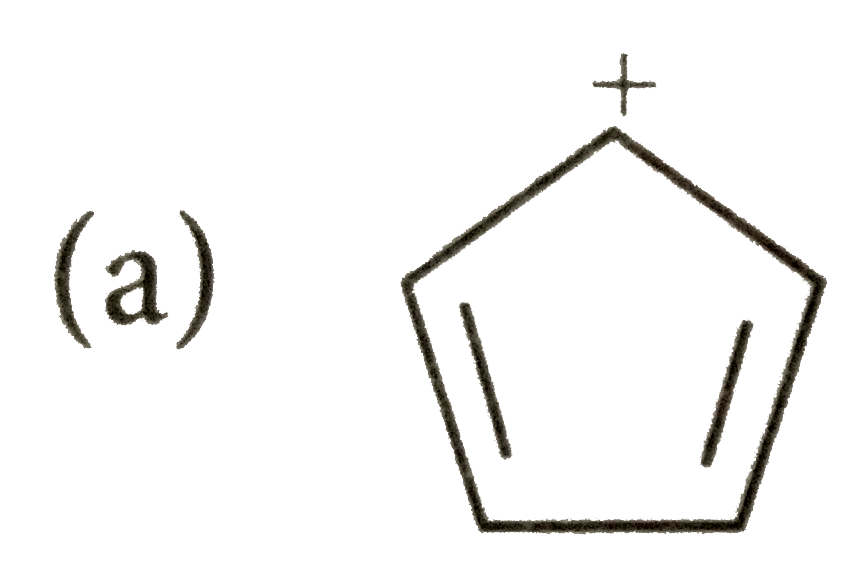 B
B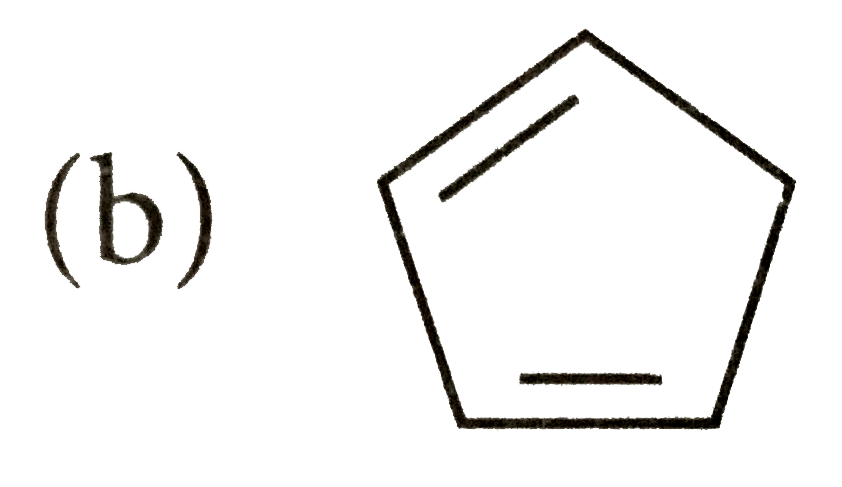 C
C D
D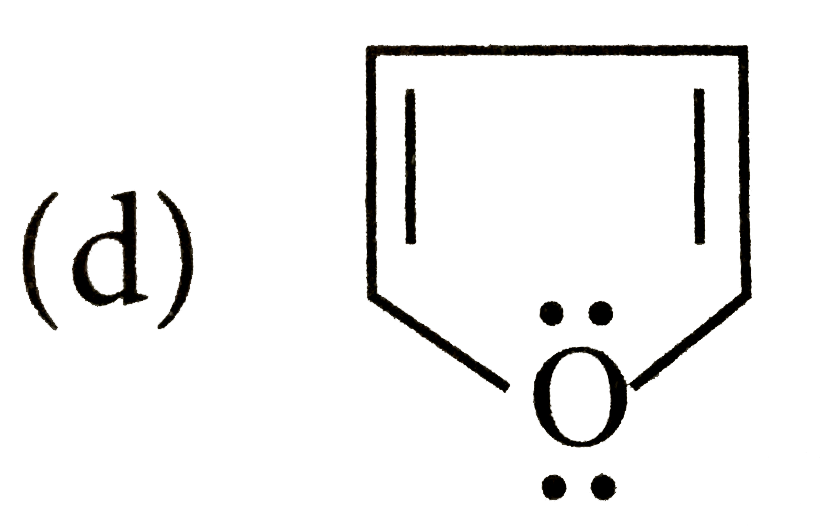
Which of the following species does not have the ability to fix atmospheric nitrogen?
View SolutionWhich of the following defects does KBr show?
View SolutionWhich of the following species does / do not exist ?
View SolutionWhich of the following species does / do not exist ?
View SolutionWhich of the following does not show protogyny?
View Solution

